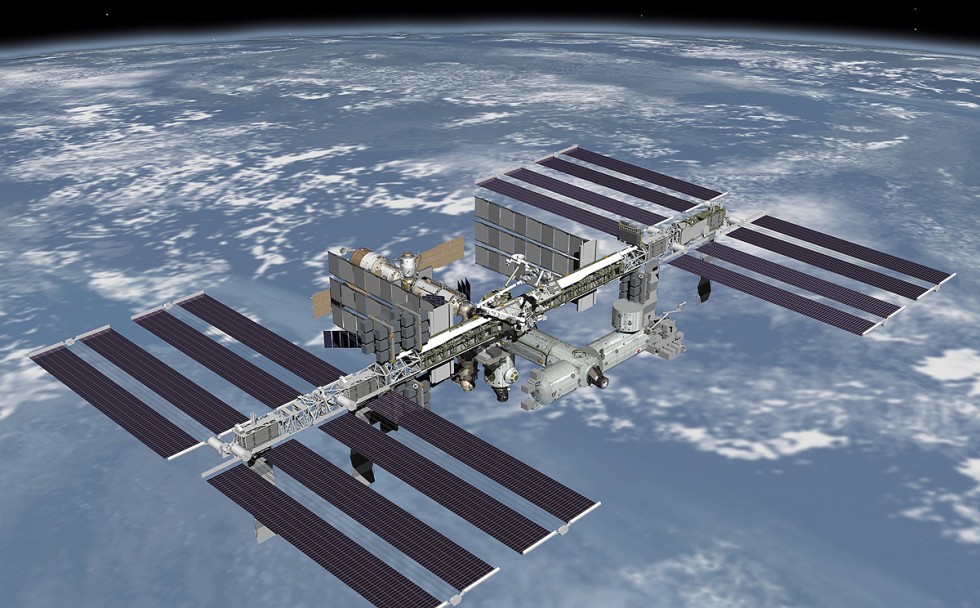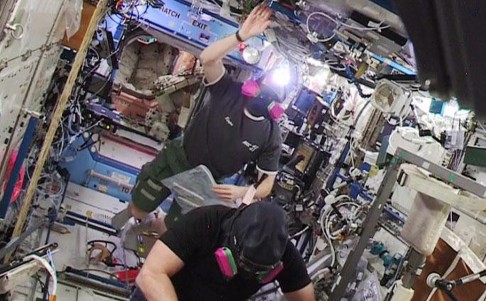Alarm prompts evacuation of International Space Station section
Ammonia leak triggers alarm causing six astronauts to to relocate from US sector to Russian as safety precaution. Subsequent tests indicate conditions are safe
PUBLISHED : Thursday, 15 January, 2015, 11:13am
UPDATED : Thursday, 15 January, 2015, 11:17am
Associated Press in Moscow

the International Space Station in an image taken from the space shuttle Endeavour in this undated Nasa image. Photo: Reuters
Astronauts hurriedly evacuated the US section of the International Space Station and moved to its Russian module after a coolant problem emerged on Wednesday, but Russian and US officials insisted all six crew were not in any danger.
“The space station crew is safe,” Nasa spokesman Bob Jacobs said.
An alarm indicating a possible ammonia leak in the cooling system early on Wednesday prompted the crew to leave and seal off the American module, but further testing led officials to think it was just a sensor problem, Nasa spokesman Mike Curie said.
Still, the crew planned to finish its work day in the Russian segment and sleep there overnight out of caution, Curie said. There’s enough room and food for them to stay there a week but that’s not likely to be necessary, he added.
The two space agencies differed on exactly what had occurred as the station orbited about 400 kilometres above the Earth. While the Russian space agency Roscosmos said there was a coolant leak, Nasa said in a statement on its online television station there was still “no concrete data that suggests that there was, in fact, an ammonia leak”.

Astronauts check the air in the American sector of the space station following the alarm. Photo: Reuters
Russia’s Tass news agency said just about one-third of the ammonia was left in the coolant system at the US module and the rest had leaked out. It quoted Roscosmos chief Oleg Ostapenko as saying the situation was still being examined but an “evacuation [of the entire station] is not on the agenda.”
Nasa said the astronauts evacuated to the Russian module as a precaution.
“We saw an increase in water loop pressure, then later saw a cabin-pressure increase that could be indicative of an ammonia leak in the worst-case scenario,” Jacobs said. “So we protected for the worst-case scenario and isolated the crew in the Russian segment of the space station while the teams are evaluating the situation.”
The space outpost is now manned by Nasa astronauts Barry Wilmore and Terry Virts, Russians Elena Serova, Alexander Samoukutyaev and Anton Shkaplerov and European Space Agency astronaut Samantha Cristoforetti.
[video=youtube;1kx-0N-hrfc]https://www.youtube.com/watch?v=1kx-0N-hrfc[/video]
